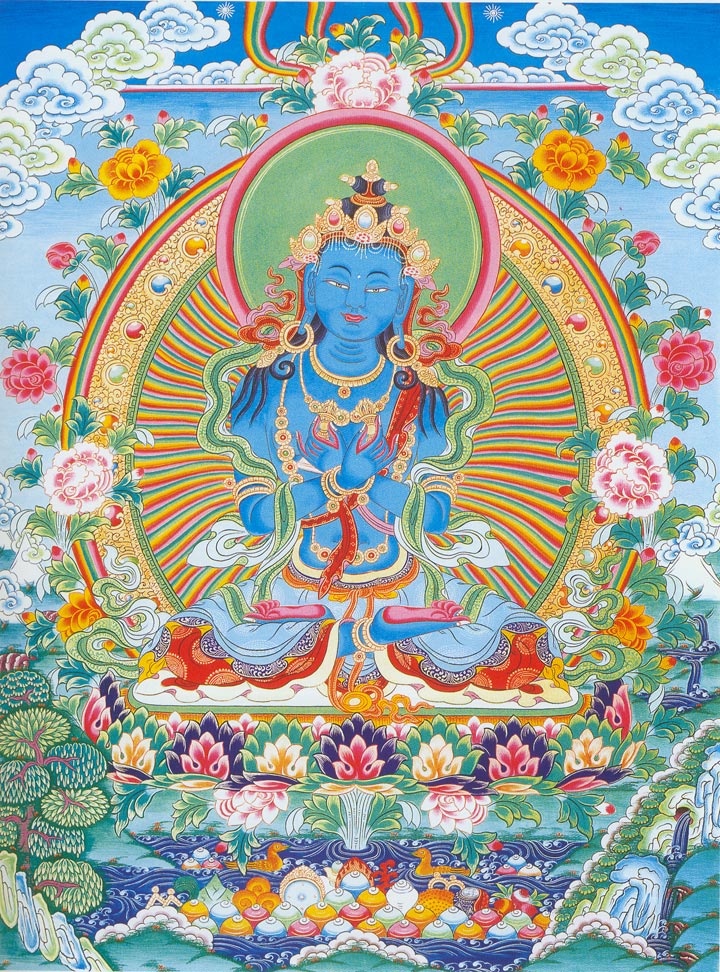|
Samantabhadra (Bodhisattva), Samantabhadra , a text teaching meditation and repentance practices
{{disambig ...
Samantabhadra (Lit. "All Good", or "Always Auspicious") may refer to: * Samantabhadra (Bodhisattva), a bodhisattva in Mahayana Buddhism associated with practice and meditation * ''Samantabhadra'' (Tibetan: ''Kuntu Zangpo''), the name of a Buddha, the Adi-Buddha Samantabhadra, in Tibetan Buddhism * Samantabhadra (Jain monk), second-century Digambara head of the monastic order * Samantabhadra (Karmole) (1891–1988), Digambara monk * Samantabhadra Meditation Sutra The ''Samantabhadra Meditation Sūtra'' (; Japanese: 普賢経; rōmaji ''fugen-kyō''; Vietnamese: Kinh Quán Phổ Hiền Bồ Tát Hạnh Pháp; Korean: 관보현보살행법경; Gwanbohyeonbosalhaengbeop Gyeong), also known as the ''Sūtra ... [...More Info...] [...Related Items...] OR: [Wikipedia] [Google] [Baidu] |
Samantabhadra (Bodhisattva)
Samantabhadra (lit. "Universal Worthy", "All Good") is a great bodhisattva in Buddhism associated with practice and meditation. Together with Shakyamuni Buddha and the bodhisattva Mañjuśrī, he forms the Shakyamuni Triad in Mahayana Buddhism. He is the patron of the ''Lotus Sutra'' and, according to the '' Avatamsaka Sutra'', made the ten great vows which are the basis of a bodhisattva. In Chinese Buddhism, Samantabhadra is known as Pǔxián and is associated with action, whereas Mañjuśrī is associated with '' prajñā'' (transcendent wisdom). In Japan, this bodhisattva is known as Fugen, and is often venerated in Tendai and Shingon Buddhism. In the Nyingma school of Tibetan Buddhism, Samantabhadra is also the name of the Adi-Buddha, often portrayed in indivisible union ('' yab-yum'') with his consort, Samantabhadrī. In wrathful form he is one of the Eight Herukas of the Nyingma Mahayoga and he is known as Vajramrtra, But this Samantabhadra buddha and Samantabhadra bodhisa ... [...More Info...] [...Related Items...] OR: [Wikipedia] [Google] [Baidu] |
Adi-Buddha
In Vajrayana Buddhism, the Ādi-Buddha () is the "First Buddha" or the "Primordial Buddha". Another common term for this figure is Dharmakāya Buddha. The term emerges in tantric Buddhist literature, most prominently in the Kalachakra.Buswell, Robert E.; Lopez, Jr., Donald S. (2013). ''The Princeton dictionary of Buddhism''. Princeton: Princeton University Press. . Entry on "ādibuddha". "Ādi" means "first", such that the Ādibuddha was the first to attain Buddhahood. "Ādi" can also mean "primordial", not referring to a person but to an innate wisdom that is present in all sentient beings. In Indo-Tibetan Buddhism In Indo-Tibetan Buddhism, the term Ādibuddha is often used to describe the Buddha Samantabhadra (in Nyingma), Vajradhara or Kalachakra (in the Sarma schools).Wayman, Alex; The Buddhist Tantras: Light on Indo-Tibetan esotericism, page 53. There was also a tradition in India which saw Mañjuśrī as the Ādibuddha, as exemplified by Vilāsavajra's commentary to t ... [...More Info...] [...Related Items...] OR: [Wikipedia] [Google] [Baidu] |
Samantabhadra (Jain Monk)
Samantabhadra was a Digambara acharya (head of the monastic order) who lived about the later part of the second century CE. He was a proponent of the Jaina doctrine of Anekantavada. The ''Ratnakaranda śrāvakācāra'' is the most popular work of Samantabhadra. Samantabhadra lived after Umaswami but before Pujyapada. Life Samantabhadra is said to have lived from 150 CE to 250 CE. He was from southern India during the time of Chola dynasty. He was a poet, logician, eulogist and an accomplished linguist. He is credited with spreading Jainism in southern India. Samantabhadra, in his early stage of asceticism, was attacked with a disease known as ''bhasmaka'' (the condition of insatiable hunger). As, digambara monks don't eat more than once in a day, he endured great pain. Ultimately, he sought the permission of his preceptor to undertake the vow of Sallekhana. The preceptor denied the permission and asked him to leave monasticism and get the disease cured. After getting cured he ... [...More Info...] [...Related Items...] OR: [Wikipedia] [Google] [Baidu] |
Samantabhadra (Karmole)
Samantabhadra (1891-1988) was a ''Digambara monk''. Biography Founder of Jain Gurukul Education system Gurudev 108 Shri Samantabhadra was born in Karmala, Maharashtra Maharashtra (; , abbr. MH or Maha) is a states and union territories of India, state in the western India, western peninsular region of India occupying a substantial portion of the Deccan Plateau. Maharashtra is the List of states and union te ... on 19 December 1891. Birth name was Devchand Kasturchand Shah. Notes References * 1891 births 1988 deaths Indian Jain monks 20th-century Indian Jains 20th-century Jain monks 20th-century Indian monks {{India-reli-bio-stub ... [...More Info...] [...Related Items...] OR: [Wikipedia] [Google] [Baidu] |

